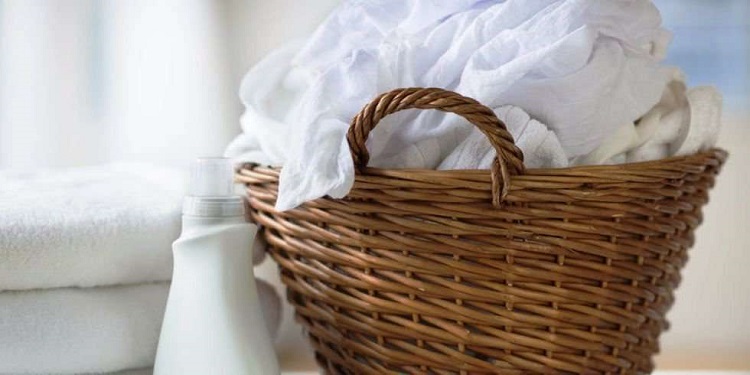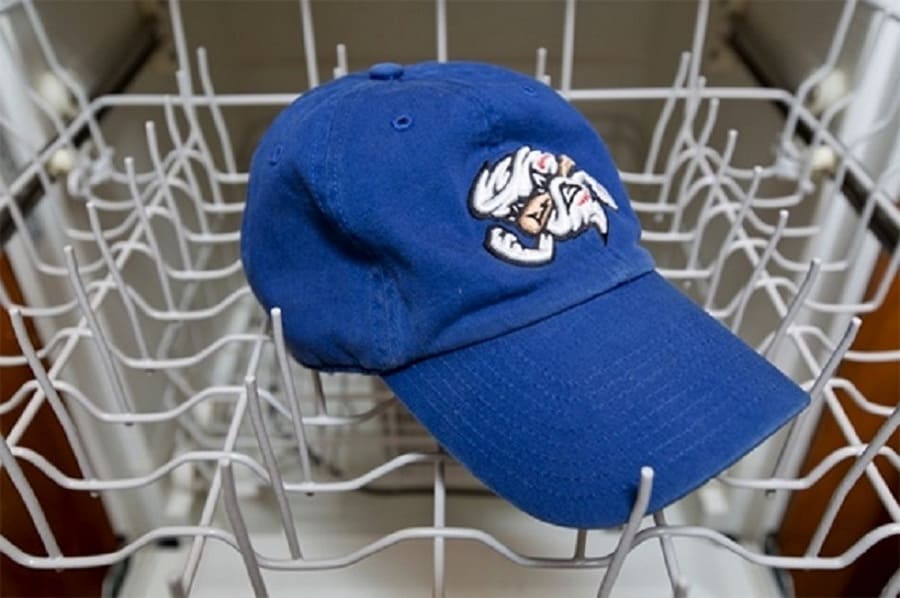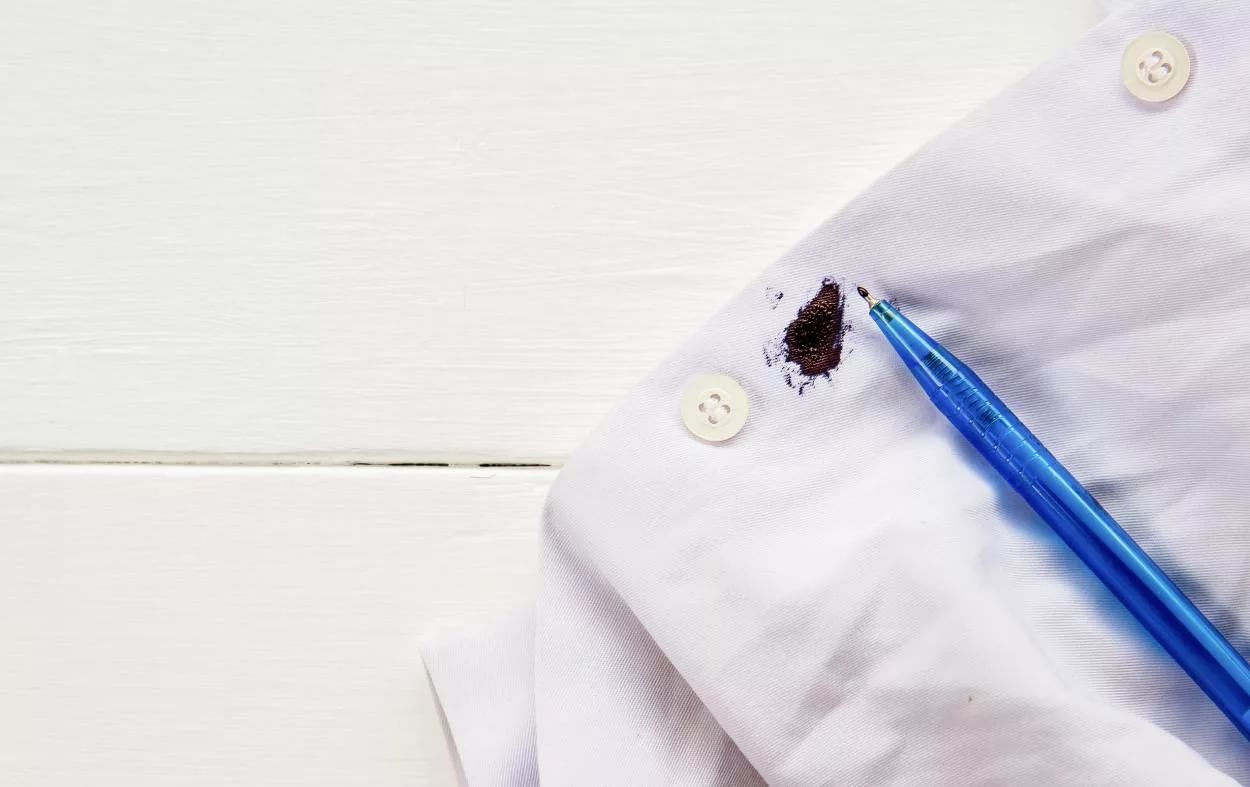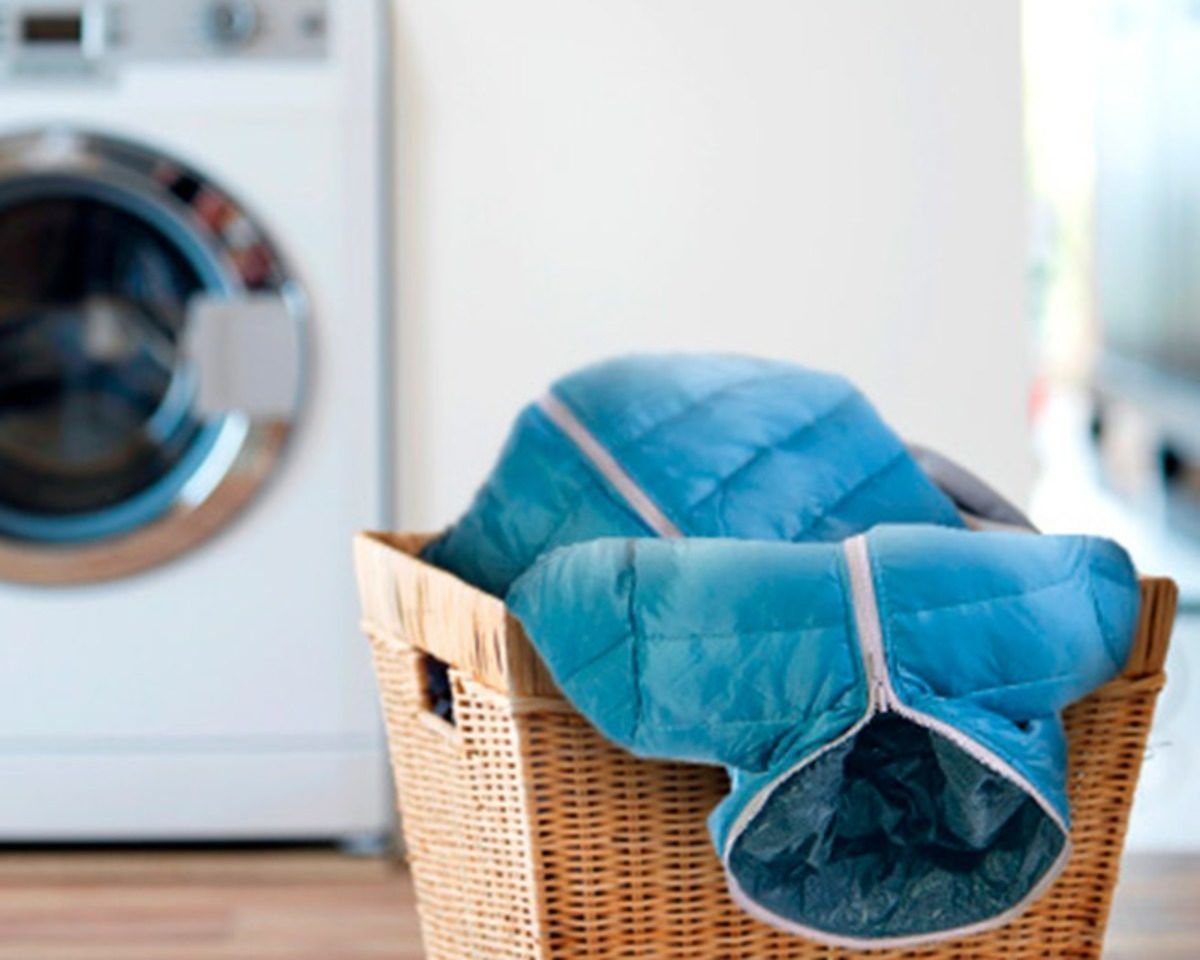During use, light-colored items lose their original color, which is quite difficult to restore. Many fans of this capricious shade are interested in the question of how to bleach linen at home in order to use their favorite clothes longer. Such items should not be thrown away, even if there are difficult-to-remove stains, there is hope to save the product. There are many ways to get rid of yellowness, grayness using improvised means that are sure to be found in every housewife's home.
Basic rules and precautions
If you handle white items with care, they will last a long time. First, you should familiarize yourself with the main rules for caring for clothes:
- Before using the product, read the manufacturer's instructions on the care label.
- Before washing, soak the laundry in a special powder, and treat traces of heavy dirt with a stain remover or bleach.
- Wash white clothes separately from colored and black items; it is also recommended to sort items by fabric type.
- Dry the laundry in the sun, turning it inside out.
Before using any of the products, you need to test it on an inconspicuous area of the fabric to make sure it works.


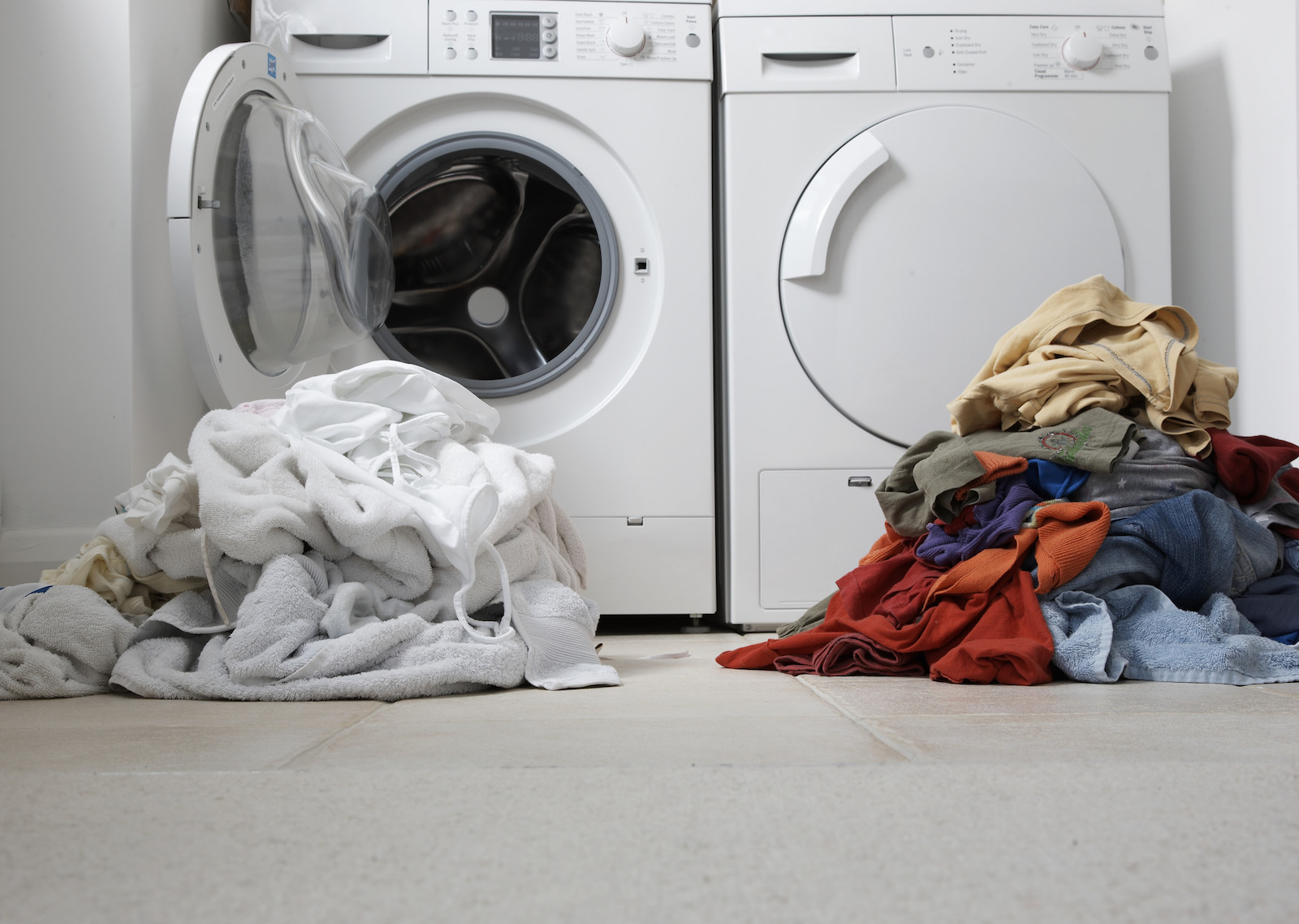

Dirt and stubborn stains can be removed with special bleaches purchased in household chemicals departments, or you can prepare the products yourself. You can wash by hand or in a washing machine. Before you start bleaching, it is worth remembering a few useful rules:
- To avoid streaks, you need to maintain proportions and use a lot of water, the product should float freely.
- When boiling, make sure that the laundry does not stick to the sides of the pan and does not burn.
- When using caustic substances indoors, it is necessary to open windows and wear rubber gloves.
If we are talking about washing children's clothes, then the products should be hypoallergenic and not have an unpleasant smell. It is better to use a special powder. From folk methods, you can fight stains with salt, starch. It is strictly forbidden to use chlorine, vinegar.


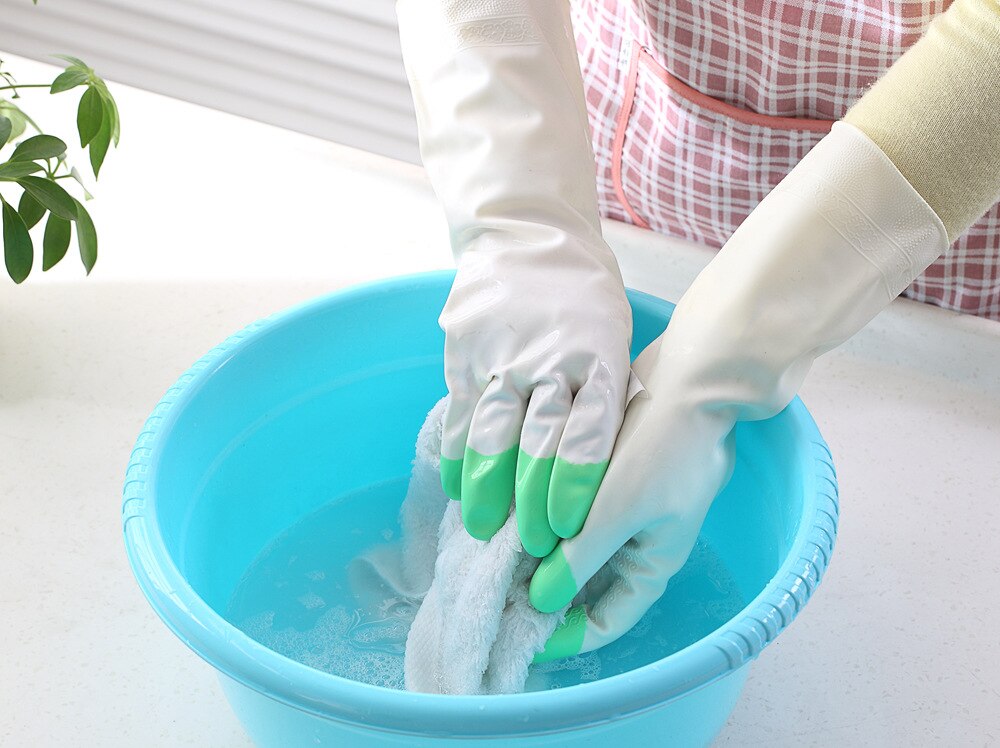
Whitening methods
To ensure that white items do not lose their original whiteness for a long time, you should at least sometimes use professional cleaning agents when washing. It is also recommended to resort to an effective method of boiling, folk methods. The latter are not only effective, but also allow you to save money.
Use of bleaches
Lighteners are selected according to the problem and type of fabric material. There are several types of products depending on the composition:
- Chlorine-containing. Suitable only for natural fibers of white shade. The advantages of the products are their ability to quickly cope with stains of any complexity, ease of use, the ability to wash at low temperatures. They have significant disadvantages, as they are dangerous to the body, can cause allergies, burns. Also, the products corrode the fabric, after which its service life is reduced. Only hand washing is recommended, since chlorine is an active component that can cause the washing machine to break down.
- Oxygen. Used to brighten the shade of white and colored items, underwear, which contain natural fabrics, synthetics. The positive aspects of the products can be noted in the success of removing stains of any complexity, yellowness, plaque, eliminating unpleasant odor. The optimal temperature for activating the work of substances varies from 60 to 90 degrees. Suitable for both hand and machine washing. The only disadvantages include the high cost and short shelf life of the products.
- Optical. They do not affect the fabric, but mask problems with components that reflect light. They are a colorless organic compound, the effect of which is especially noticeable under the influence of ultraviolet light. The advantage of the products is their ease of use and versatility. A significant disadvantage that repels many fans of white is an allergy caused by particles remaining in the fabric, which create the illusion of cleanliness.
Optical aids cannot be used to whiten children's products.
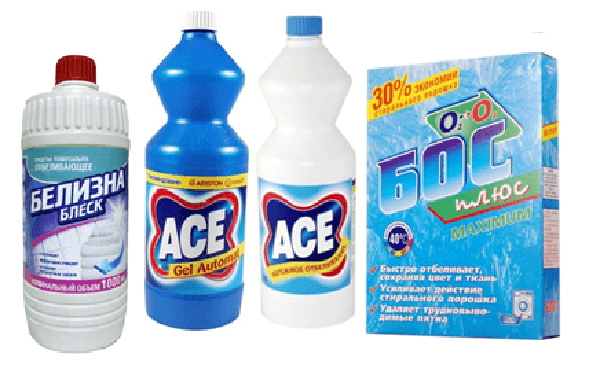
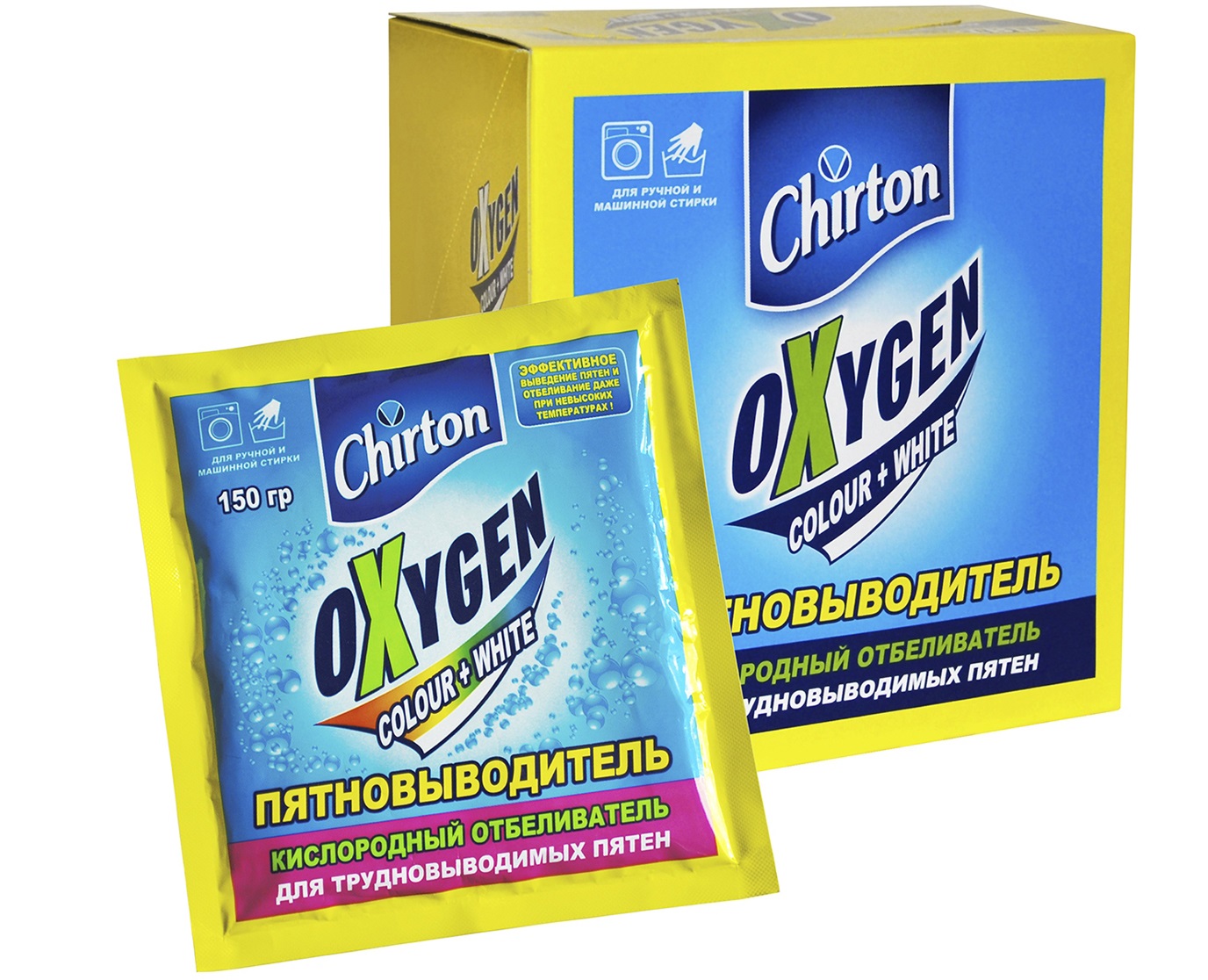
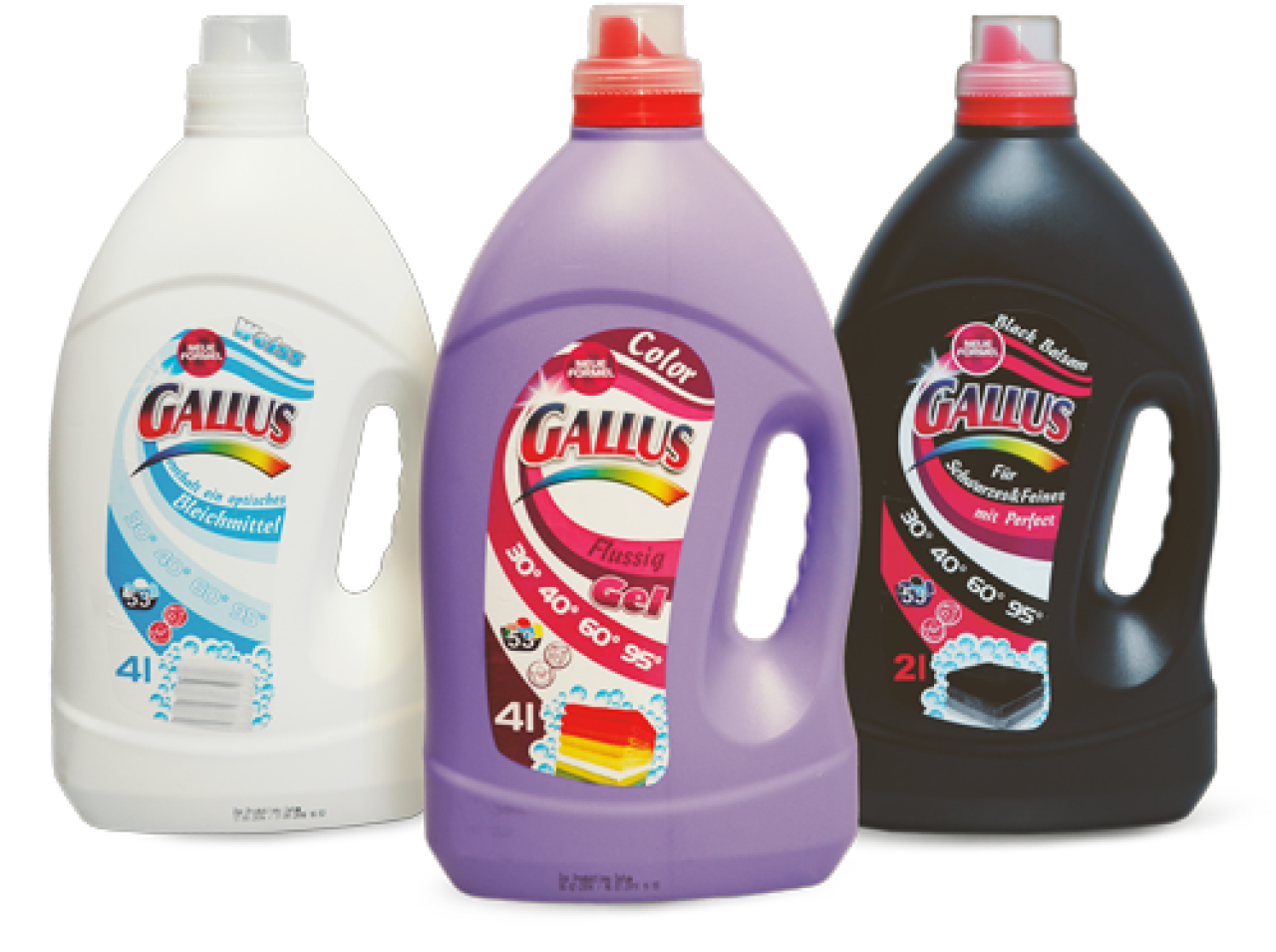
The market offers many laundry detergents, they help to preserve the brightness of white items and their natural texture for a long time. The most popular among consumers are powders (regular, dry, and liquid), soap. Each product has its own application features, which must be taken into account.
|
Means |
Main purpose |
Directions for use |
Flaws |
|
Powder |
Removes the most difficult and old stains, whitens greyed and yellowed items. |
Recommendations for use in a washing machine are written on the packaging. For hand washing, the amount of powder is 50 g per 10 l of water. In this case, it is necessary to observe the mode indicated on the product, the temperature. |
Consumers note that the products are inconvenient to store, they have to be protected from moisture. Another drawback is the use of aggressive unsafe compounds for production. |
|
Soap |
Effectively removes grey stains from white fabrics and is used for underwear. |
Used for hand washing. To bleach, you need to soap the product, put it in a polyethylene bag and tie it to prevent air from getting inside. Leave for a day, then rinse well. |
Old stains do not wash out the first time. |
|
Liquid powder |
Allows white items to retain their original shade for a long time. |
The product is capable of bleaching clothes in a washing machine even in cold water, the main thing is to follow the algorithm of actions given on the packaging. |
Higher cost than regular powders, some products can only be used on a delicate cycle. Professional formulations are not intended for hand washing. |
|
Whitening wipes |
Removes yellowness, grey film, returning dazzling whiteness to items. Suitable for all temperature conditions and all types of fabrics.
|
When the washing machine is fully loaded, add 1-2 napkins to the drum, depending on the intensity of the contamination. Add the standard amount of powder and wash. Throw away the napkin after the procedure. |
High cost, does not cope well with stubborn, old stains. |
Powdered products are the most widely used. Liquid substances are also convenient, as they dissolve easily and are dosed precisely.

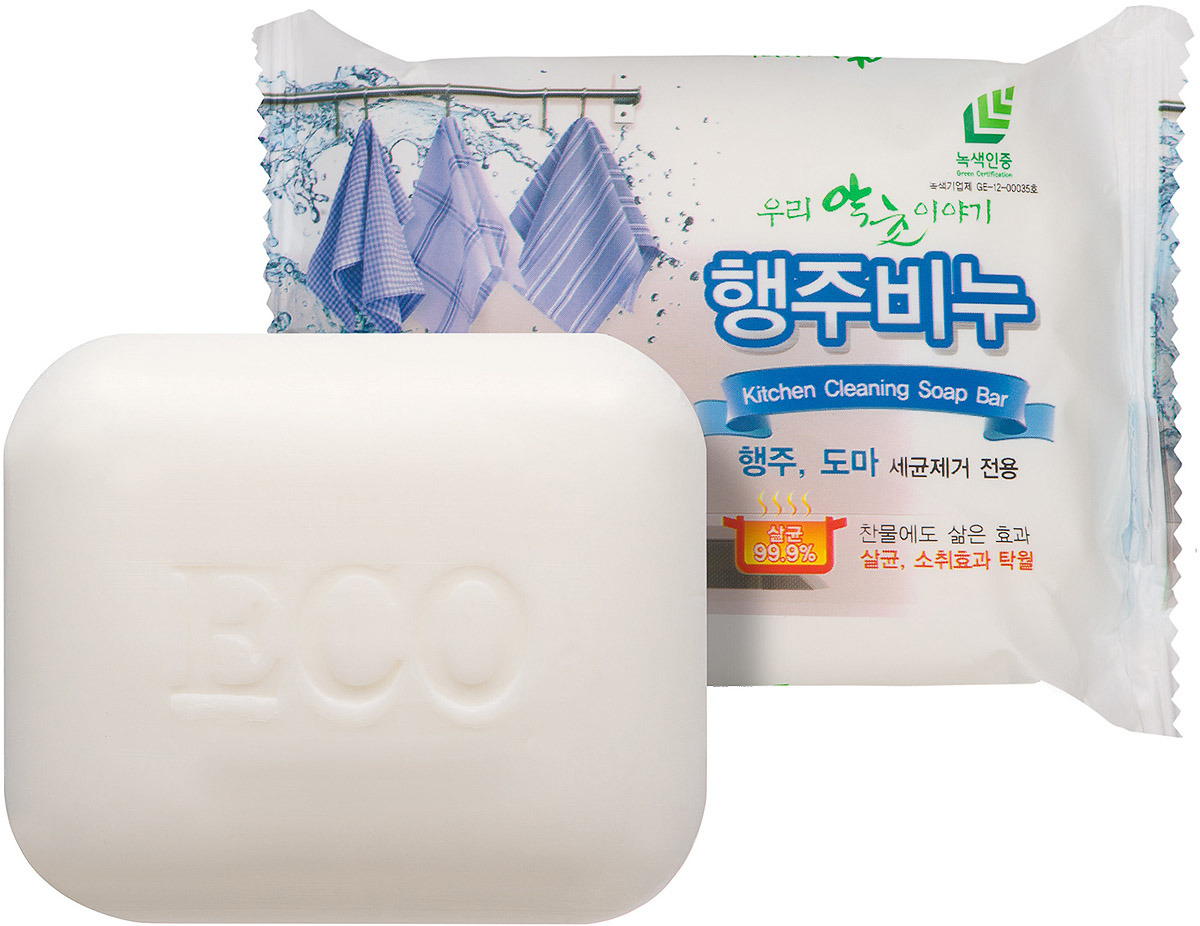

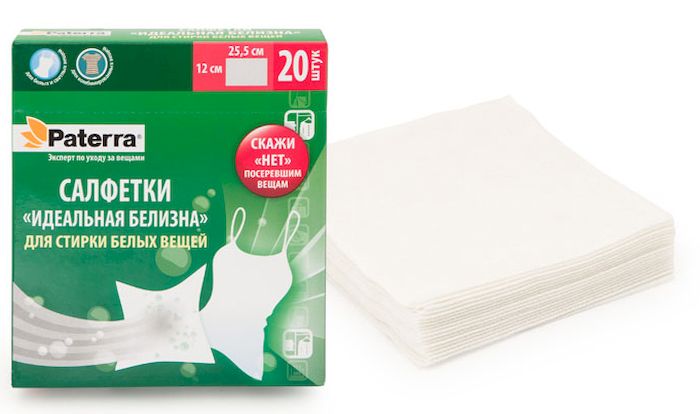
Folk remedies
You can bleach your laundry without using expensive household chemicals using folk remedies and pharmacy products that have long proven themselves to be effective and fairly safe. The most commonly used are:
- Potato starch. A natural substance that can remove yellowness and gray tones from a garment, while preserving the freshness of white items. To prepare the solution, take 3 tablespoons of starch and dilute in a small amount of water. After washing, dip the items into the solution, rinse, shake and dry.
- Boric acid. This colorless, odorless liquid is capable of removing alkali residues from fabric. The powder leaves a gray coating on fabrics, which boric acid easily copes with. To do this, dilute the product in water heated to 40 degrees, at a ratio of 1:100. Rinse the laundry in the composition for 10 minutes, then rinse.
- Ammonia. At home, a solution of 50 ml of the specified product, 200 g of soda and 5 liters of hot water (50 degrees) will help to whiten underwear. Soak the items for 2 hours. Rinse and wash the items using the standard method.
- Hydrogen peroxide. The substance is recommended for all types of fabric, except for natural silk. It allows you to effectively bleach lace underwear. To prepare the composition, you need to combine 200 ml of 3% peroxide with 3 liters of warm water. Keep things in the solution for 1 hour, then wash.
These folk methods will help you wash your laundry at home without boiling. The bleaching process should be carried out with special care to avoid damaging the materials. It is important to follow the dosage, temperature regime and washing rules.
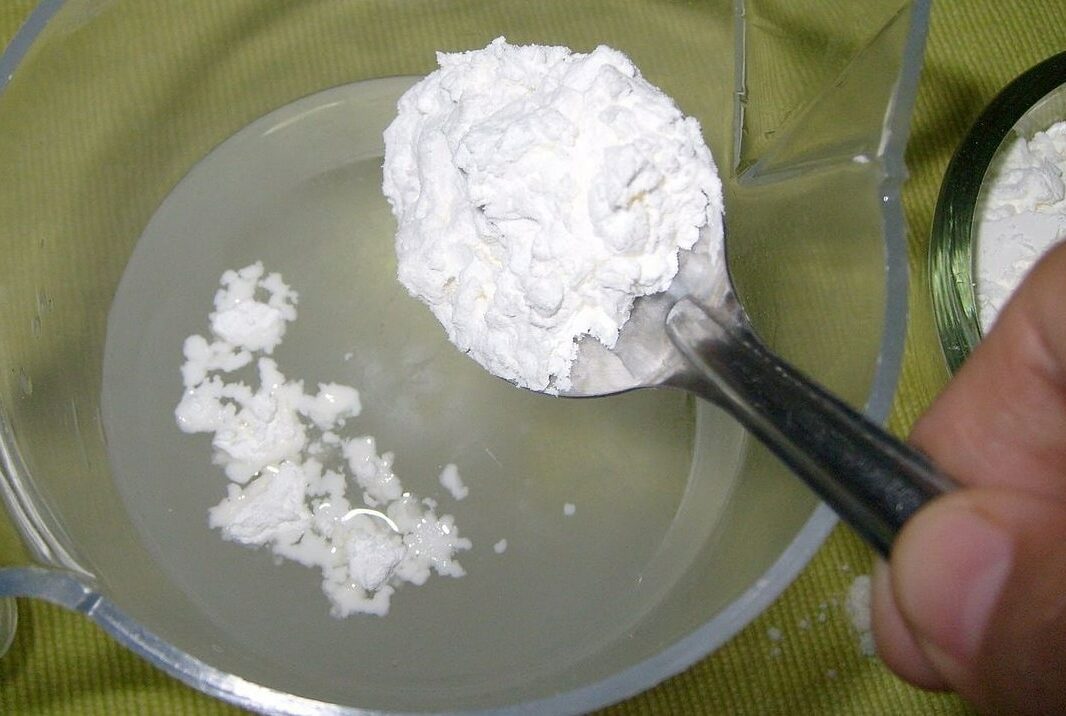

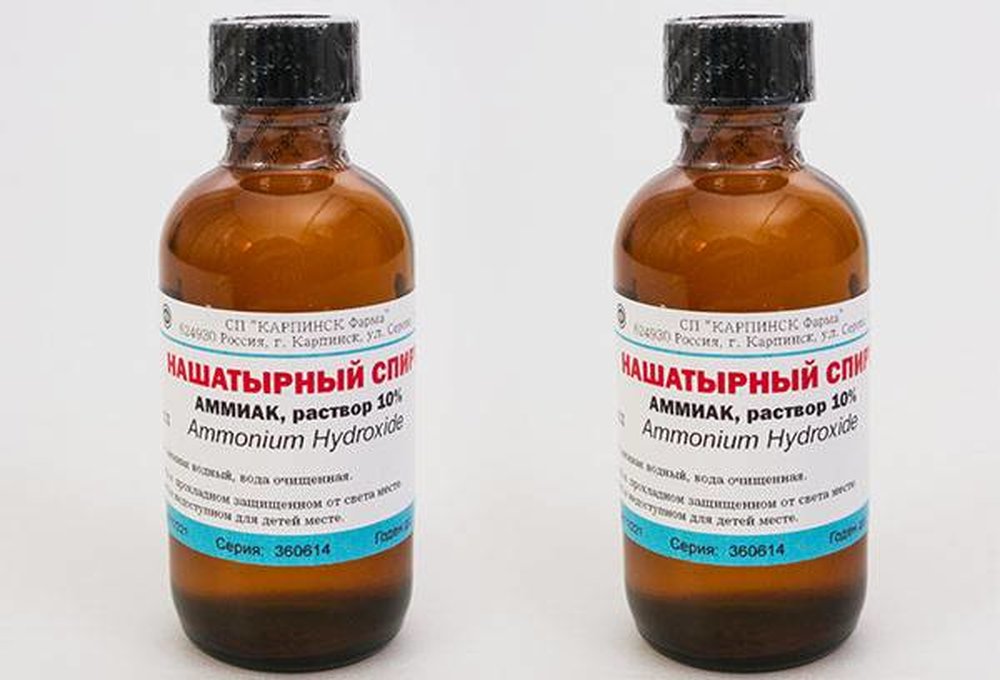

Boiling
Boiling will help to effectively bleach linen at home. This procedure will give products made of light material their original appearance, and will also remove ingrained stains and disinfect clothes. Before subjecting items that have lost their whiteness to heat, the fabric composition should be taken into account. It is recommended to boil such natural materials as flax, calico, cotton. This bleaching method is prohibited for lace underwear. Also, the effect of high temperature will negatively affect synthetic fibers.
How to effectively bleach laundry at home using boiling:
- Pour water into the container, filling it 2/3 full and place it on the stove.
- Heat to 40 degrees, pour in bleach, stir well and add items (1.5 kg of dry laundry per 10 l of water).
- Bring the mixture to a boil and reduce heat. Cover the container with a lid. The procedure takes from 30 minutes to 2 hours.
- Stir the products regularly during boiling so that they bleach evenly.
- After completing the procedure, you need to let the laundry cool down, then rinse it, removing any remaining detergent from the material.
Bleach vapors contain substances that are hazardous to the body, so when boiling, you should create conditions for air circulation in the room by turning on the exhaust hood and opening a window.
You can whiten faded white linen by making one of the suggested options based on natural products. To make them, add detergents in the specified proportions to 10 liters of water and perform manipulations with the linen:
- 100 g of powder, 6 tbsp. of hydrogen peroxide, ammonia: boil things for up to 1.5 hours;
- 100 g of soda, 5 tbsp of peroxide; boil clothes for no more than 1 hour;
- 1 bar of soap, 70 g of soda; leave the laundry on the stove for 1 hour;
- 100 g of soap shavings, potassium permanganate crystals; keep the products for 40 minutes;
- 1 glass of salt, the same amount of soda, boil for 1 hour.

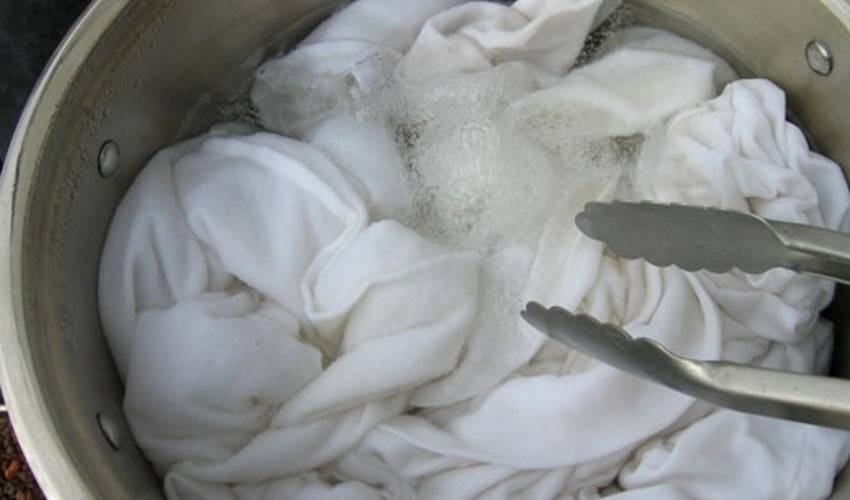
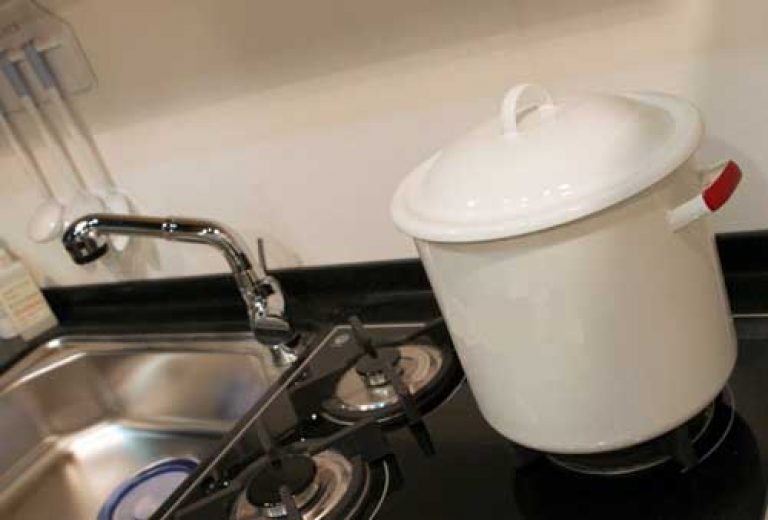
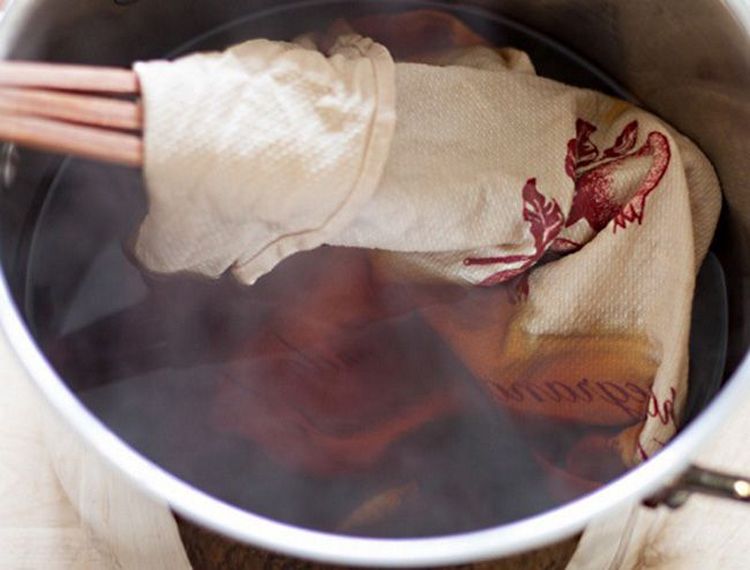
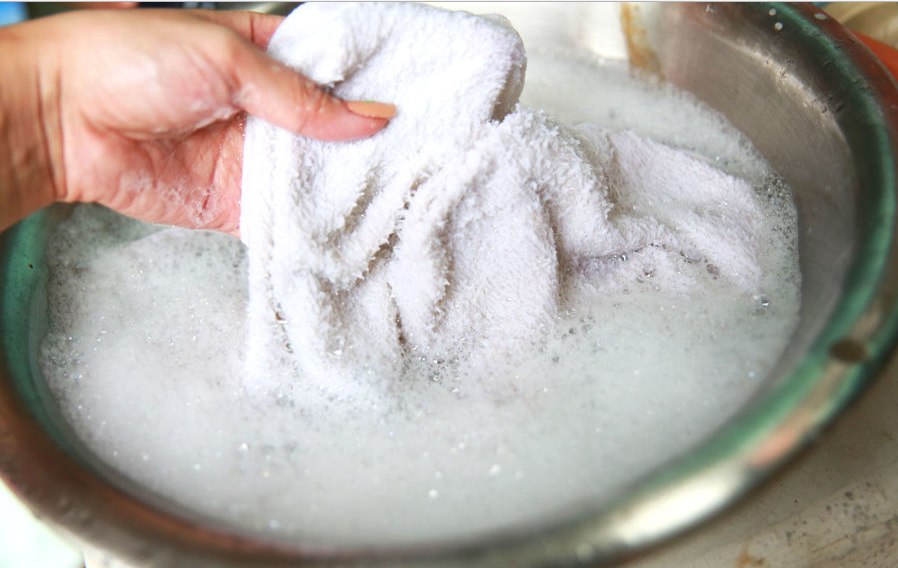
Nuances of choosing funds
It is necessary not only to know how to bleach linen, but also what product to choose to get the expected result. When choosing a composition, it is worth considering the degree of contamination and the type of fabric. In addition, it would not hurt to first read reviews from other consumers.
By type of fabric
There is a wide range of bleaches on the shelves of household chemicals departments, but you should not take the cheapest one or the one that stands out with bright packaging or advertising. Products with chlorine can thin the fabric and spoil the color. They are recommended for use on linen, cotton, knitwear. Underwear made of synthetics, silk, lace and all other fabrics, especially delicate ones, is best washed with oxygen bleach. The latter product can be used for both light and colored clothes.
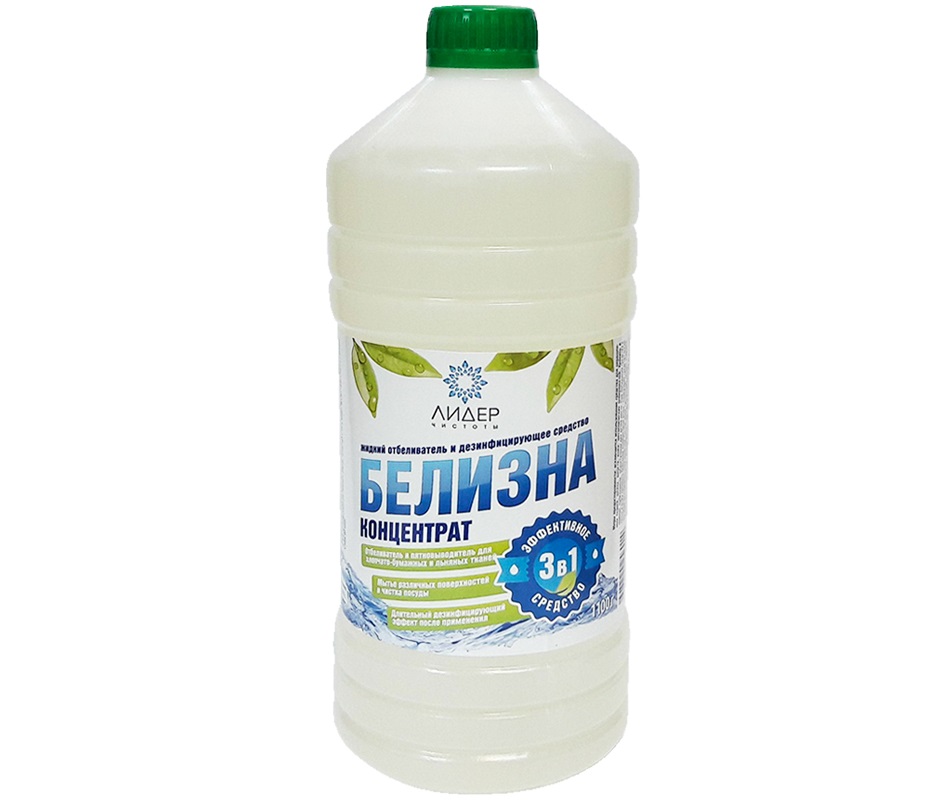

By type of pollution
When choosing a bleach, you should also take into account the degree of contamination of the laundry. For example, sweat stains cannot be removed with bleach, as they will turn grey, and the item will be bleached. In this case, it is better to use soda and laundry soap. Hard-to-remove blood stains can be removed using ammonia and salt. Tea and coffee stains can be easily removed with special chlorine-containing bleaches. The most difficult stains on white are grease stains, which can only be washed out with strong solvents. Berry and fruit stains can be removed with a solution of hydrogen peroxide and alcohol or a composition containing citric acid and vinegar in equal parts. The latter mixtures are also recommended for bleaching dirty light-colored socks.
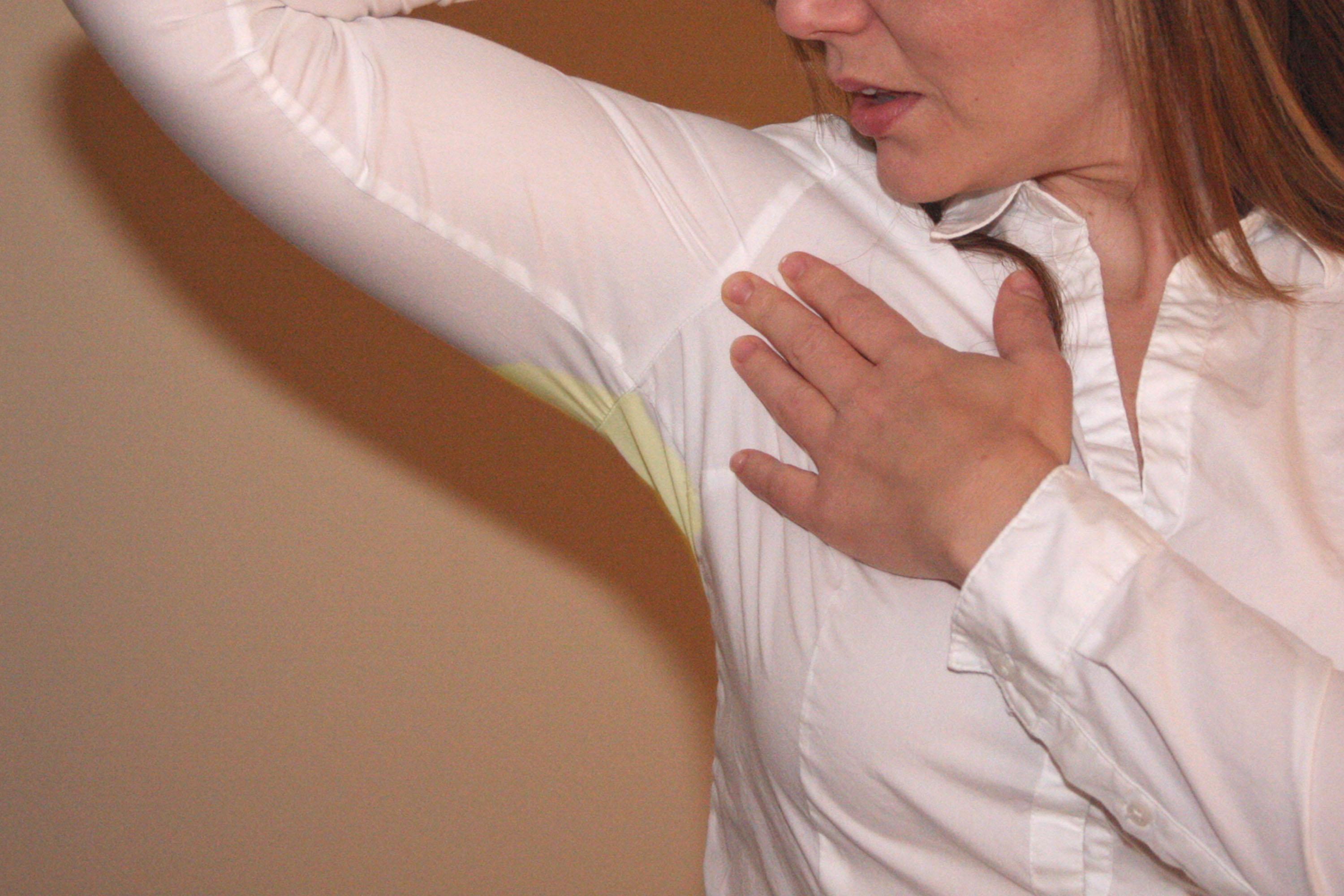

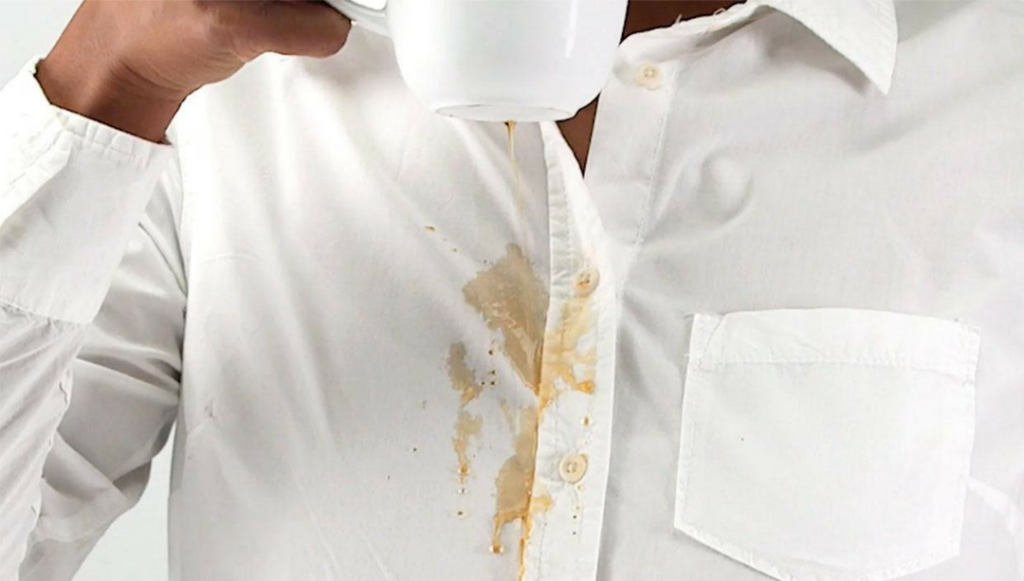



Reliable manufacturers
Among the best manufacturers of high-quality bleaches are:
- Vanish is an American company that has been developing and producing a line of laundry bleaching products since 1972. The products are capable of removing local stains from both natural and synthetic fabrics. Suitable for hand and machine laundry.
- Denk Mit is a German company famous for the quality of its products. The products make laundry perfectly clean and white due to the combination of effective oxidation crystals and a strong bleach.
- "Nevskaya Kosmetika" is a domestic manufacturer that produces household chemicals of the "Sarma" series, which are well-known to everyone. These are ideal assistants in the fight against various stains. Budget oxygen bleach for linen of Russian manufacture is suitable for washing all types of fabric, has an antibacterial effect, and rinses out well.
- PROCTER AND GAMBLE is an American company that, in particular, produces the ACE line of products. The products are characterized by their cost-effectiveness and increased efficiency. The line of chlorine bleaches quickly removes stains, returns the white color to the product, has an antistatic effect, and is recommended for automatic and hand washing.
Several companies produce products under the name "Persol". This is the best way to bleach all types of fabric except silk. "Persol" is a universal product that easily removes stubborn stains even in cold water. A good alternative to chlorine-containing products, the gentle composition will not damage synthetic and thin cotton fiber.
When asking the question of how to bleach washed laundry, the housewife will have to be patient. Armed with the necessary tools, you can restore your favorite things to a well-groomed appearance, but the procedures will take some time and require effort. Those who want to save money should choose folk methods.

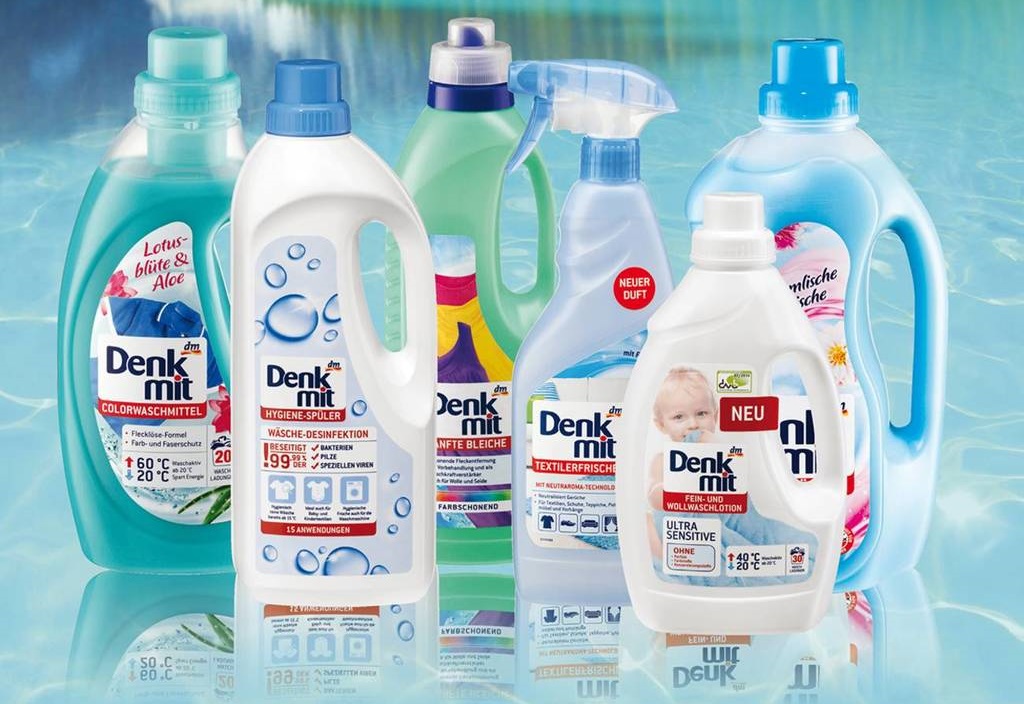
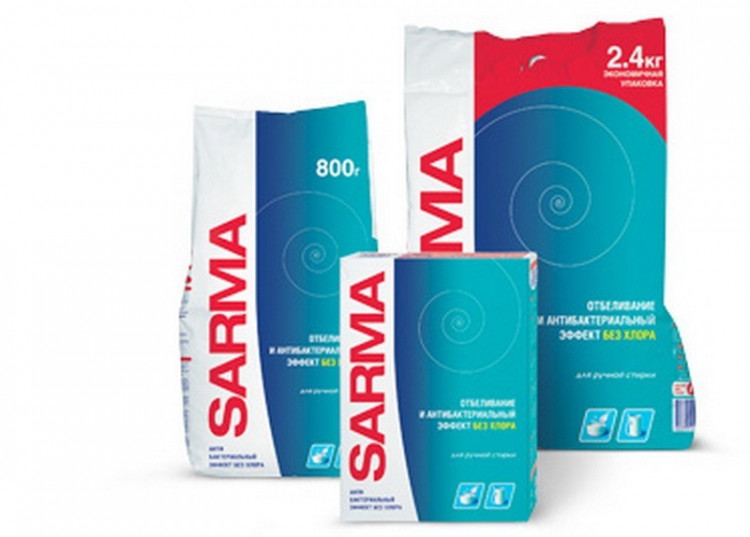
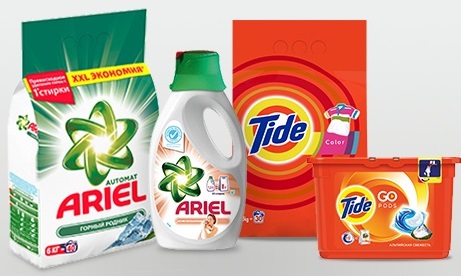
Video



